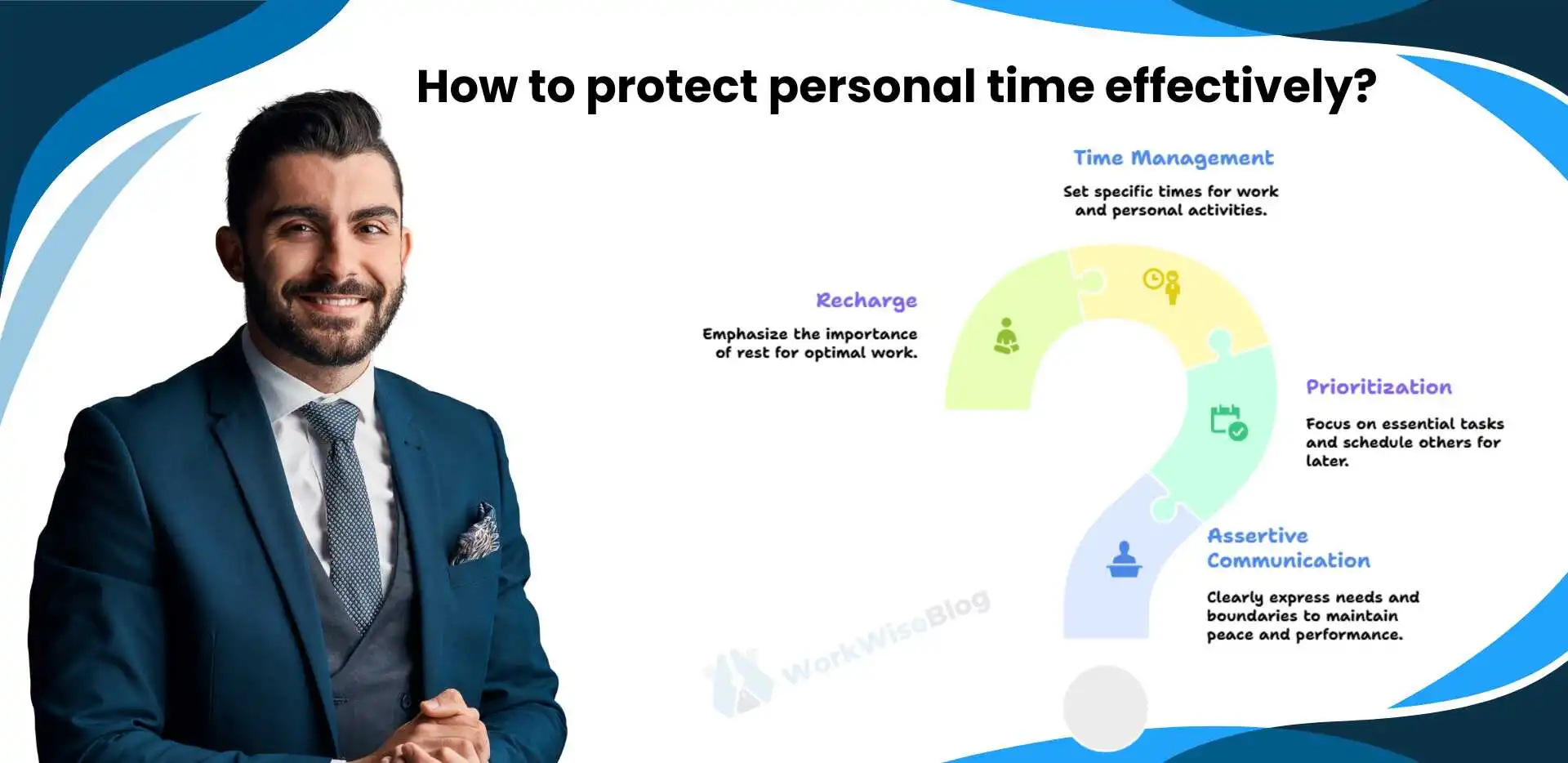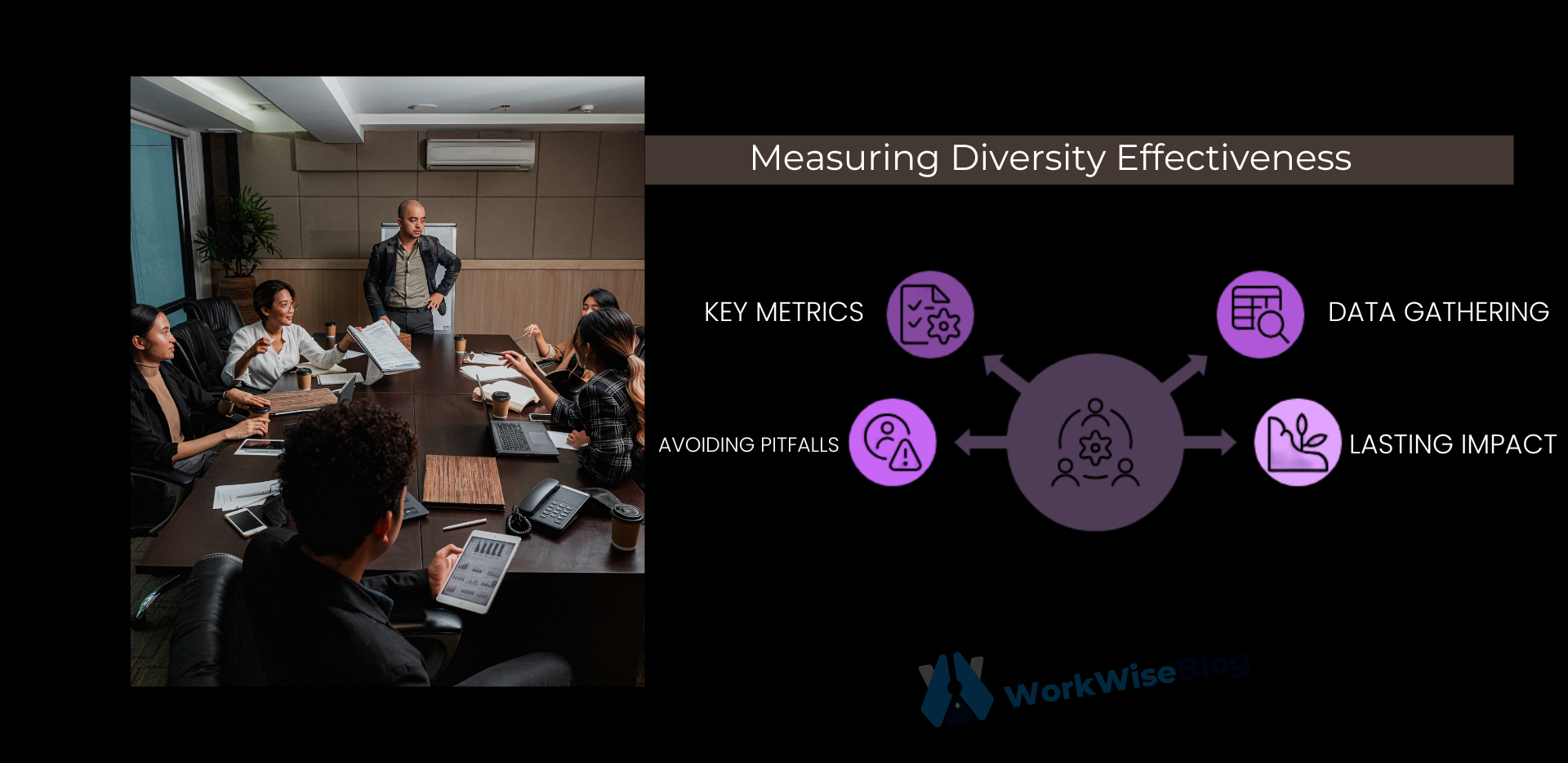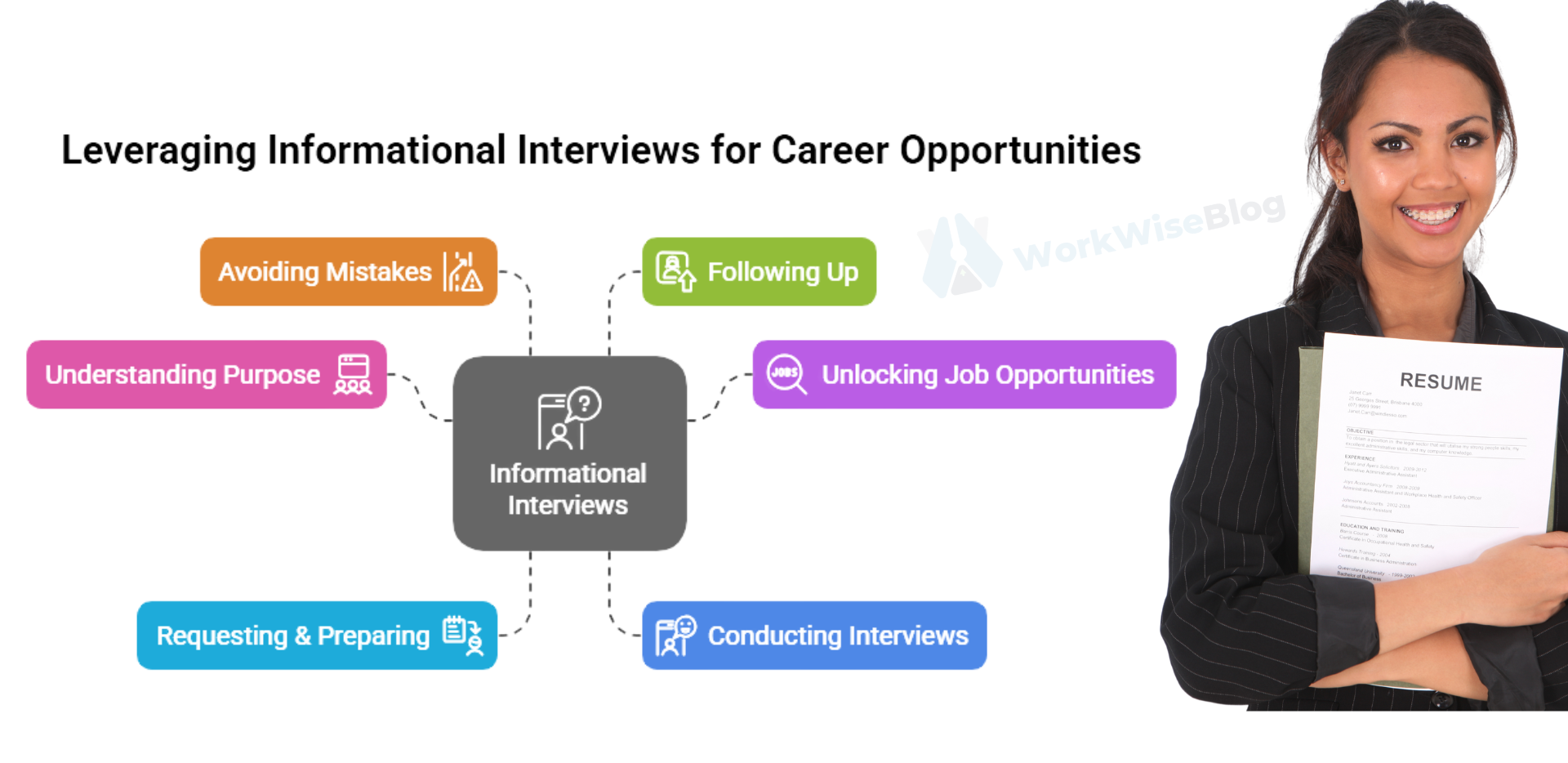
Why Office Gossip Happens (and Why It’s Dangerous)
Office gossip often stems from uncertainty, lack of transparency, or unresolved conflicts. When employees feel left in the dark or excluded, they tend to fill the gaps with assumptions, rumors, and speculation.

The Negative Impact of Gossip:
- Erodes Trust: Gossip creates divisions and damages relationships.
- Hurts Morale: Negative conversations breed a toxic atmosphere.
- Reduces Productivity: Time spent gossiping is time wasted.
But here’s the silver lining—where there’s gossip, there’s also engagement. People gossip because they care about what’s happening. Instead of shutting it down, redirect this energy toward positive team-building activities.

Step 1: Address Gossip Head-On
The first step in turning gossip into growth is to acknowledge it. Ignoring gossip or pretending it doesn’t exist only allows it to fester.
How to Do It:
- Open the Lines of Communication: Create safe spaces for employees to share concerns or questions.
- Be Transparent: Share company updates and decisions openly to avoid speculation.
- Address Rumors Quickly: When you hear a rumor, tackle it directly and set the record straight.
Example:
If a rumor spreads about potential layoffs, hold a team meeting to clarify the situation and alleviate fears.

Step 2: Foster a Culture of Trust and Openness
Gossiping loves to spread in an environment where people are made to feel irrelevant or underappreciated. A culture of trust is very effective in eliminating bad gossip.
How to Establish Trust:
- Encourage Open Communication: Establish frequent check-ins for employees to express their ideas and feedback.
- Model Open Leadership: Be accessible and truthful about the reasons for company change or adversity.
- Reward Positive Behavior: Publicly recognize employees demonstrating trustworthiness and openness.
Pro Tip:
Utilize anonymous feedback mechanisms so that employees feel safe sharing their concerns without judgment.
Step 3: Channel Gossip Into Constructive Conversations
Not all gossip is harmful. Sometimes, gossip highlights legitimate concerns or unresolved conflicts. Instead of dismissing it outright, use it as a tool to spark meaningful conversations.
How to Do It:
- Identify the Root Cause: Ask yourself, “What is this gossip really about?”
- Turn It Into a Learning Moment: Use gossip as an opportunity to clarify misunderstandings or improve processes.
- Involve the Team: Encourage open discussions where everyone can share their perspectives.
Example:
If gossip arises about favoritism in promotions, initiate a conversation about fair evaluation processes and career development opportunities.
Step 4: Organize Team-Building Activities
Team-building can be the greatest way to channel drama into bonding by forming trust, empathy, and cooperative collaboration.
Team-Building Activities Ideas:
- Storytelling Circles: Have them open up about their own life to create empathy and understanding.
- Conflict Resolution Workshops: Teach them how to settle conflicts in positive ways.
- Team Challenges: Have them take part in activities that may include an escape room, problem-solving games, or group projects that will create cooperation in teams.
Pro Tip:
Ensure that these exercises are participatory and taking care of people’s time as well as their comfort zones.
Step 5: Utilize Humor for Disarming Gossip-Induced Tension
A bit of humor can go along for miles in diffusing gossip-driven tensions. Humor creates bonds and makes people see other people, not merely the colleagues they use to meet at office.
How to Use Humor Effectively:
- Lighthearted Jokes: Use humor to break the ice during tense conversations (but be mindful of boundaries).
- Celebrate Mistakes: Create a culture where it’s okay to laugh at mistakes and learn from them.
- Organize Fun Events: Host lighthearted events like trivia nights or meme contests to bring the team together.
Example:
If your team frequently jokes about office quirks, turn it into a “Fun Facts About Us” board to encourage laughter and bonding.
Step 6: Empower Employees to Resolve Conflicts
Less gossip and direct conflict resolutions result from empowered employees.
How to Empower Your Team
- Offer Conflict Resolution Training: Prepare the employees on ways of professional resolution of disagreement
- Encourage Open Communication: Build a culture in which the employee addresses issues directly with colleagues and not through hearsay.
- Be an Example to Them: Educate employees by being the one to exemplify constructive ways of resolving conflict.
Pro Tip:
Use the “I-Message” technique to teach employees how to express their feelings without blame. For example, “I felt concerned when.” instead of “You made me feel.”
7. Using AI to Monitor Workplace Sentiment
AI tools can help you gauge the overall sentiment within your team and identify areas of concern before they escalate into gossip.
How AI Can Help:
- Employee feedback analysis tools: OfficeVibe and TINYpulse may analyze employee feedback to flag potential issues.
- Anonymous Feedback Surveys: Use AI-driven surveys to collect honest feedback from employees.
- Identify Trends: AI tools help you identify and decipher repeating patterns in employee concerns and feedback, and you react proactively to address those.
Example:
if you notice recurring patterns of the employees feeling undervalued, you can start recognition programs for improving morale.
Common Mistakes to Avoid
- Ignore Gossip: Denial that gossip exists is only going to make it worse.
- Punish Gossipers: Culture of fear won’t solve the problem; work on constructive conversation instead.
- Overreacting: Not all gossip is harmful. Learn to distinguish between harmless chatter and problematic rumors.
Final Thoughts:
Office gossip doesn’t have to be destructive. By addressing it head-on, fostering a culture of trust, and organizing team-building activities, you can transform drama into a bonding opportunity. Remember, a connected and cohesive team is a productive team.
Ready to turn gossip into growth? Start by implementing these strategies today to create a more positive and collaborative workplace culture.
















